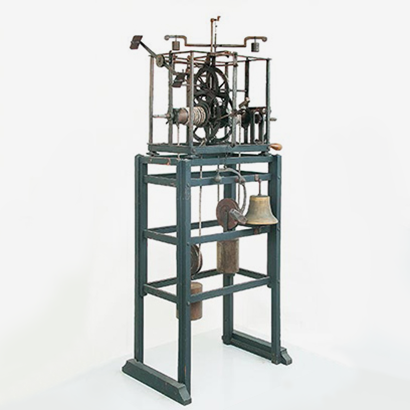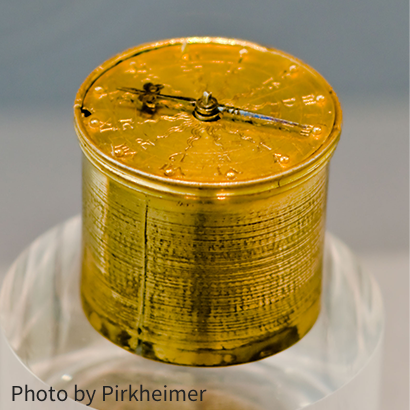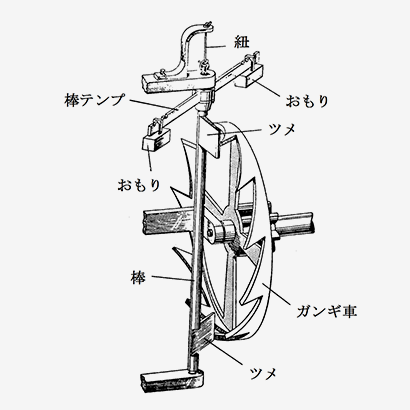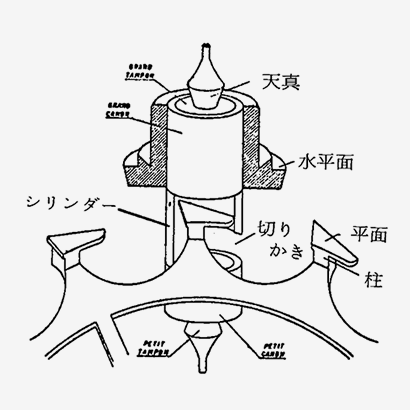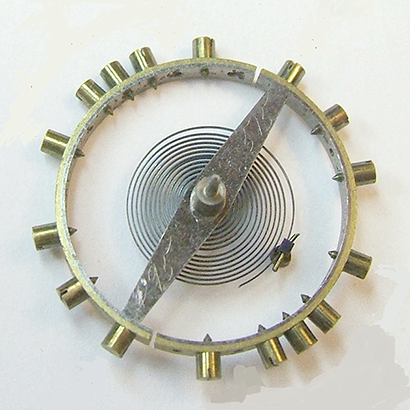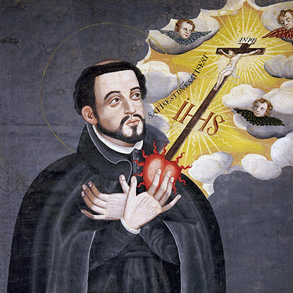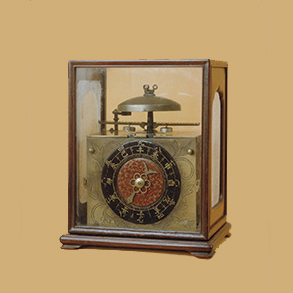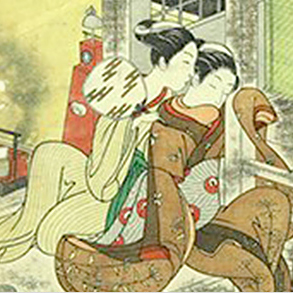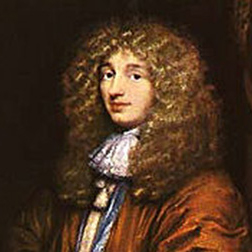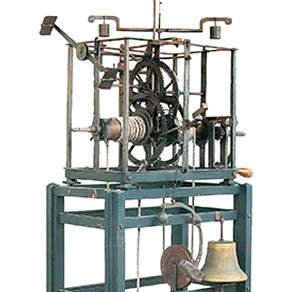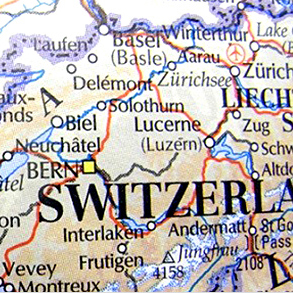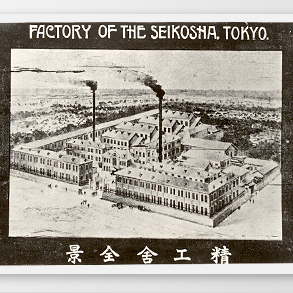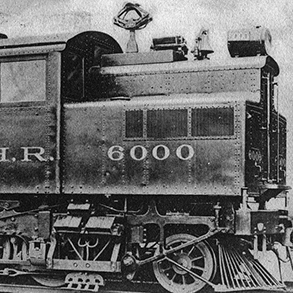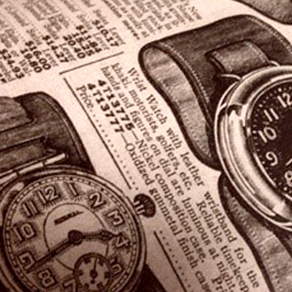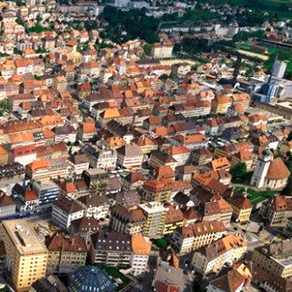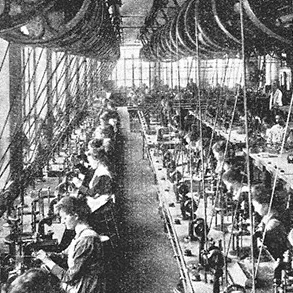Beginning of the Age of Discovery and Escalation of the Naval Battle to Dominate the Sea
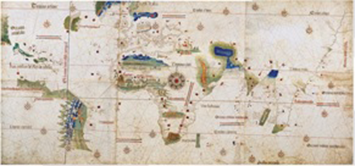
In the middle of 15th century, after long years of suffering under Muslim oppression, Portugal and Spain resurged in a boom of nationalist fervor. At the behest of their kings, both countries embarked on vigorous campaigns of Grand Navigation to the African and Asian continents to secure trade routes, expand their territories, and expel the receding Muslim forces.
Christopher Columbus, the Genoese merchant, discovered the Americas (the West Indies) in 1492. Six years later, in 1498, Vasco da Gama discovered a new route to India. In 1522, Ferdinand Magellan led the first expedition to circumnavigate the world by the order of Spain. Britain, Holland, having gained independence from Spain, and France started to expand their territories, as well. Empowered by newly acquired navigation skills and maps, they amassed vast fortunes in the 17th century by trading gold, silver, food, spices, silk, cotton, and tea.
Through their ventures, the European colonialists came to rule most of the world by the end of the 17th century. Only a few remote and barren territories escaped their dominance.
These countries fought many battles at sea to gain hegemony over world trade and the colonies from the early 17th century to the middle of 18th century, an era of mercantilism in economic history. Surrounding countries were often sucked into the conflicts and suffered fallout.
What was the Final Clincher in the Battle to Conquer the Sea?
Geopolitical realities dictated that the country that governed the sea governed the world. The great powers of Europe were compelled to keep formidable navies to compete. Navigation was a decisive factor in gaining dominance at sea. The key navigational challenge of the time was to accurately measure longitude in order to identify the locations of ships.
Before the invention of the marine chronometer enabled accurate measurement of longitude, accidents now unthinkable were commonplace. Ship captains most feared collisions with rocks or other ships during battle, or long drifts without sufficient provisions to stave off starvation or epidemic disease.
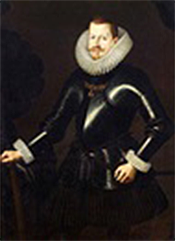
In 1598, Felipe III of Spain announced the offer of an extravagant bounty and lifelong annuity to any person who discovered effective methods to calculate longitude. Holland and Venice followed with similar offers in the early 17th century.
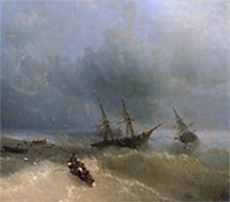
In 1707, during the War of the Spanish Succession, four warships from the Royal Navy fleet collided with submerged rocks and sank in the English Channel during a storm. Two thousand sailors perished. The Royal Navy, battling against France and Spain to conquer the world, concluded that the accident, the worst in maritime history, was caused by inaccurate methods for measuring longitude. The catastrophe incited the British government to enact the Longitude at Sea Act in 1714, offering a prize of 20,000 pounds for the development of a precise chronometer. France followed suit the next year.
The Ingenious Scientists who Pursued Chronometer Precision Measured by the Second
Laws and ordinances bestowing huge prizes in Europe stirred a flurry of scientific research. Prominent scientists of the day such as Galileo, Newton, Halley, Christiaan Huygens, Leibnitz, and Robert Hooke explored methods to determine longitude on ships. None succeeded in meeting the precision requirements.
The criterion stipulated under the British Longitude Act was an accuracy within 0.5 degrees (about 56 km) after a six-week voyage. To achieve this, a chronometer could afford no more than a 3-second error per day. This was extremely difficult to achieve at sea, where ships endured multiple stresses such as severe rolling and extreme temperature fluctuations from the equator to the proximities of the Poles. Even on stable ground, the typical precision of a clock was several minutes of error per day.
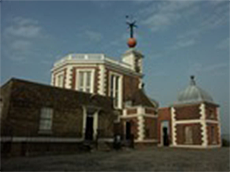
One promising solution was to measure the propulsive speed of a ship and determine longitude based on its travelling distance. Regrettably, this measurement was rendered impractical by the large error introduced by oceanic currents and the weather.
Another idea was to determine eclipses of the sun or satellites such as the moon or Saturn, in order to calculate longitude by measuring time difference between two points. This also proved to be infeasible, as no eclipses could be accurately captured on a rolling ship.
A third approach was to factor in abundant astronomical data by the lunar distance method in order to measure distances between the moon and fixed stars. Astronomical observatories were established in Greenwich and Paris in the 1670s in pursuit of naval hegemony. While the field of astronomy made great strides, no method to determine longitude was discovered.
Woodworker Harrison’s Challenge
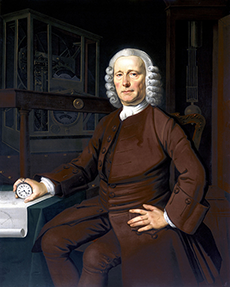
John Harrison, a carpenter born in Yorkshire, England, negotiated with the panel of Commissioners for the Discovery of the Longitude at Sea. The Panel awarded him an advance payment of prize money to fund his research on the production of maritime chronometers. Over three decades he designed and built the H-1, H-2, H-3 and H-4 marine chronometers. The best of them, the H-4, was completed in 1761.
The H-4 was distinguished by its innovative bi-metal balance with iron and brass. As temperatures at sea fluctuated, the length of the spring automatically adjusted to maintain accuracy.
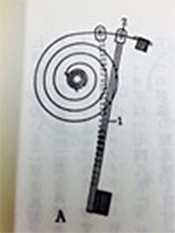
In a navigation test on the sea, the H-4 performed with an accuracy higher than the severe criterion of less than 3 seconds per day. Harrison finally claimed the prize. His chronometer design, however, was flawed by numerous technical difficulties for manufacture and ultimately proved to be unsuitable for mass production.
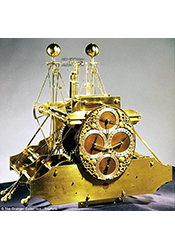
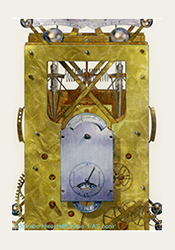
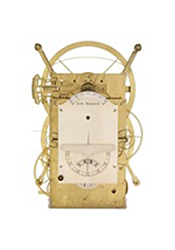
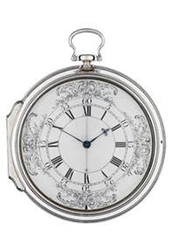
Invention of the Marine Chronometer by Pierre Le Roy
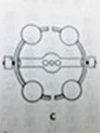
The French clockmaker Pierre Le Roy contrived an innovative detent escapement with a mechanism to reduce the impact imposed on the balance by the escape wheel during dramatic shifts in temperature, as well as a fusee to keep the torque of the main spring fixed. Unforeseen difficulties impeded his attempts to build an actual precision chronometer for many years. In 1764, he at last completed a “Montres Marines” equipped with an automated temperature-compensated balance using mercury. Later he invented an innovative bi-metal detached balance, taking hints from the bi-metal compensated mechanism developed earlier by Harrison.
Regrettably for France, Le Roy was forced to abandon 20 years of research for want of funds. Unlike contemporaries across the Channel, the French government offered no support for Le Roy’s endeavors.
Improvement and Popularization of the Marine Chronometer
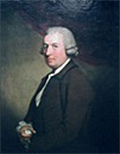
The Britons John Arnold and Thomas Earnshaw adapted a marine chronometer technology equipped with the forefront detent escapement invented by Le Roy. They then disseminated the design, enabling the supply of inexpensive marine chronometers in large quantities.
Arnold and Earnshaw manufactured around 1,000 inexpensive marine chronometers by improving Le Roy’s detent escapement. Instead of a pivoted detent, they adopted a spring detent escapement that improved both precision and quality by advancing the teeth of the escape wheel with the elastic force of the flat spring.
This manufacturing venture helped Britain achieve global hegemony at sea.
Harrison invented the best-performing technological applications of his day while Le Roy contrived creative but essential mechanisms of the modern chronometer such as the detent escapement, the detached escapement, and the compensated balance. These advances, together with the government’s policy of adapting the technologies of rival countries, clinched hegemony for Great Britain.
The Royal Navy, which had deployed more than 200 ships by as early as 1860, is said to have possessed 800 chronometers. Great Britain, with its newfound abilities to navigate the oceans accurately and freely, ruled the seven seas. With contemporary advances of the Industrial Revolution, it was also becoming the World’s Factory. The development and manufacture of the chronometer played important role in Britain’s achievements.
Universal Longitude
The chronometer was first equipped for warships and later prevailed among general service ships and fishing vessels. Conservative sailors finally accepted the chronometer. In 1884, the countries of the world agreed to define a meridian passing through Royal Greenwich Observatory as 0 degrees, the universal longitude.
References
・Hirai, Sumio, The Story of Timepieces. The Asahi Shimbun
・Tsunoyama, Sakae, Social History of the Timepiece. Chuko Shinsho
・Yamaguchi, Ryuji, Timepieces. Iwanami Shinsho
・Ueno, Masuo, The Story of Timepieces. Hayakawa Shobo
・Dava Sobel, Keido heno Chousen(Longitude: The True Story of a Lone Genius Who Solved the Greatest Scientific Problem of His Time). Shoeisha


